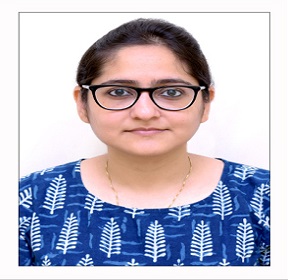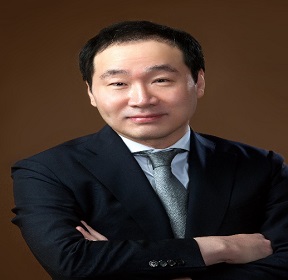Keynote Forum
Puja Lakhotia
IndiaTitle: COVID-19 and Mucormycosis – A synergy best avoided
Abstract:
“Prevention is better than cure” – never have these words meant more than the current times. While the nation was still in the tight clutches of COVID-19, we were dealt another hand of unprecedented morbidity – Mucormycosis.
Mucormycosis is an acute, invasive fungal infection caused by any fungal species within the order Mucorales in the Zygomycetes class. These fungi are ubiquitous in nature and have the potential to affect any organ system from the brain to the nose-paranasal sinuses, the lungs and the gastrointestinal tract. The predominant co-morbidity predisposing to Mucormycosis is diabetes and immunosuppression.
As is widely known now, immune suppression and widespread inflammation are the hallmark of COVID-19. Steroids were used in the setting of severe inflammation to combat it, which inadvertently sent the glycemic control for a toss. And this very combination of immune suppression and deranged glycemic control presented the perfected environment for mucorales to flourish.
Initially, patients presented with mucormycosis in the post-COVID period but the time of presentation shortened and patients began presenting as early as 7th-8th day after diagnosis of COVID-19. The symptoms at presentation varied from nasal obstruction, hemi-facial swelling to complete unilateral loss of vision. Nasal endoscopies and imaging studies too showed a lot of variation. Patients received multi-disciplinary surgical management followed by antifungal therapy.
Diagnosis and management of Mucormycosis is challenging, requiring a high index of suspicion and prompt action. The intent of this discussion is to spread awareness about the menace called mucormycosis to minimize morbidity in patients.
Hee-Young Kim
Republic of KoreaTitle: Vertigo: Eustachian tube function should be tested before vestibular function
Abstract:
Eustachian tube dysfunction (ETD) is defined by symptoms and signs of pressure dysregulation in the middle ear. Vertigo associated with ETD is caused in most (and perhaps all) instances by unilateral Eustachian tube obstruction or by more complete obstruction one side than the other. Vertigo due to unilateral ETD was first defined as “alternobaric vertigo” (or ‘vertigo altenobarica’), by Dr. Claes Lundgren who coined the term in 1965 to describe vertigo in deep-sea divers. The fundamental mechanism of ABV is asymmetrical middle ear pressures. This diagnosis can also be applied to cases at ground level, no matter how minute the difference in pressure is. Persistent ABV at ground level is associated with abnormal vestibular function test results. ABV should be differentiated from any condition conferring active risk of vertigo or severe disequilibrium. Vestibular organ dysfunction is caused by poorly regulated pressure in the middle ears. Vestibular organs are dependent variable organs. Every clinical test currently used to assess vestibular function should ideally be performed in a state where pressures in the middle ear cavities are well within normal range, and perfectly balanced between the ears. Taking these points into consideration, I would like to (1) propose that ABV be included in the ETD Consensus Statement as an official symptom of ETD, (2) reiterate that Eustachian tube function should be tested before vestibular function, and (3) call for case studies and research into cases of vertigo where Eustachian tube function was assessed before vestibular function.
Biography:
Hee-Young Kim is an otolaryngologist and director of Kim Ear, Nose and Throat Clinic, Seoul, Republic of Korea. He received his Doctor of Medicine, and PhD in pathology from Chung-Ang University, South Korea. His area of academic interest is Eustachian tube disfunction and he has published on topics such as Vertigo: Eustachian tube function should be assessed before vestibular function, Eustachian tube catheterization, vertigo due to Eustachian tube obstruction in peer-reviewed journals. He was awarded the Albert Nelson Marquis Lifetime Achievement Award. Since 2016, he has served as the Editor-in-Chief of the Journal of Otolaryngology-ENT Research.


